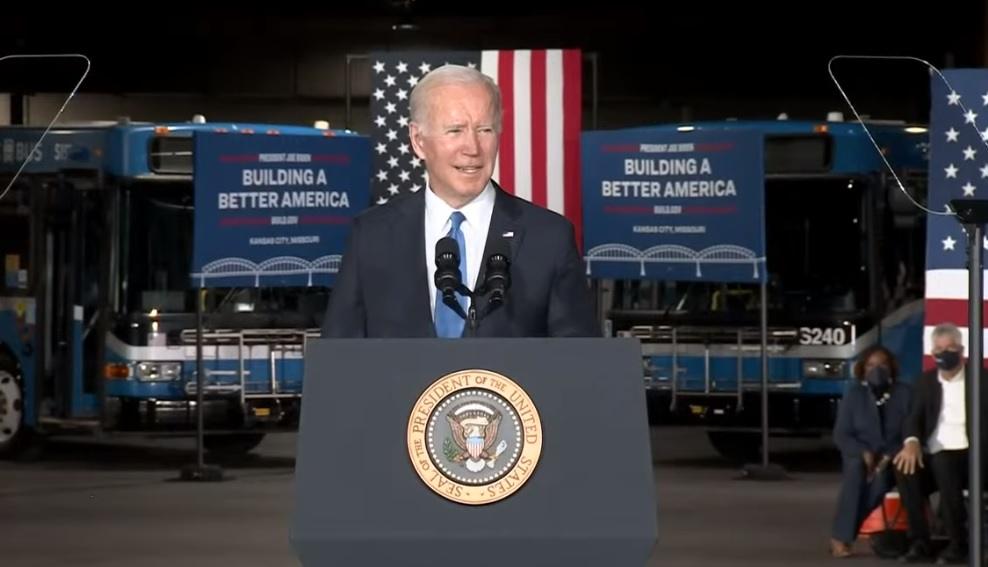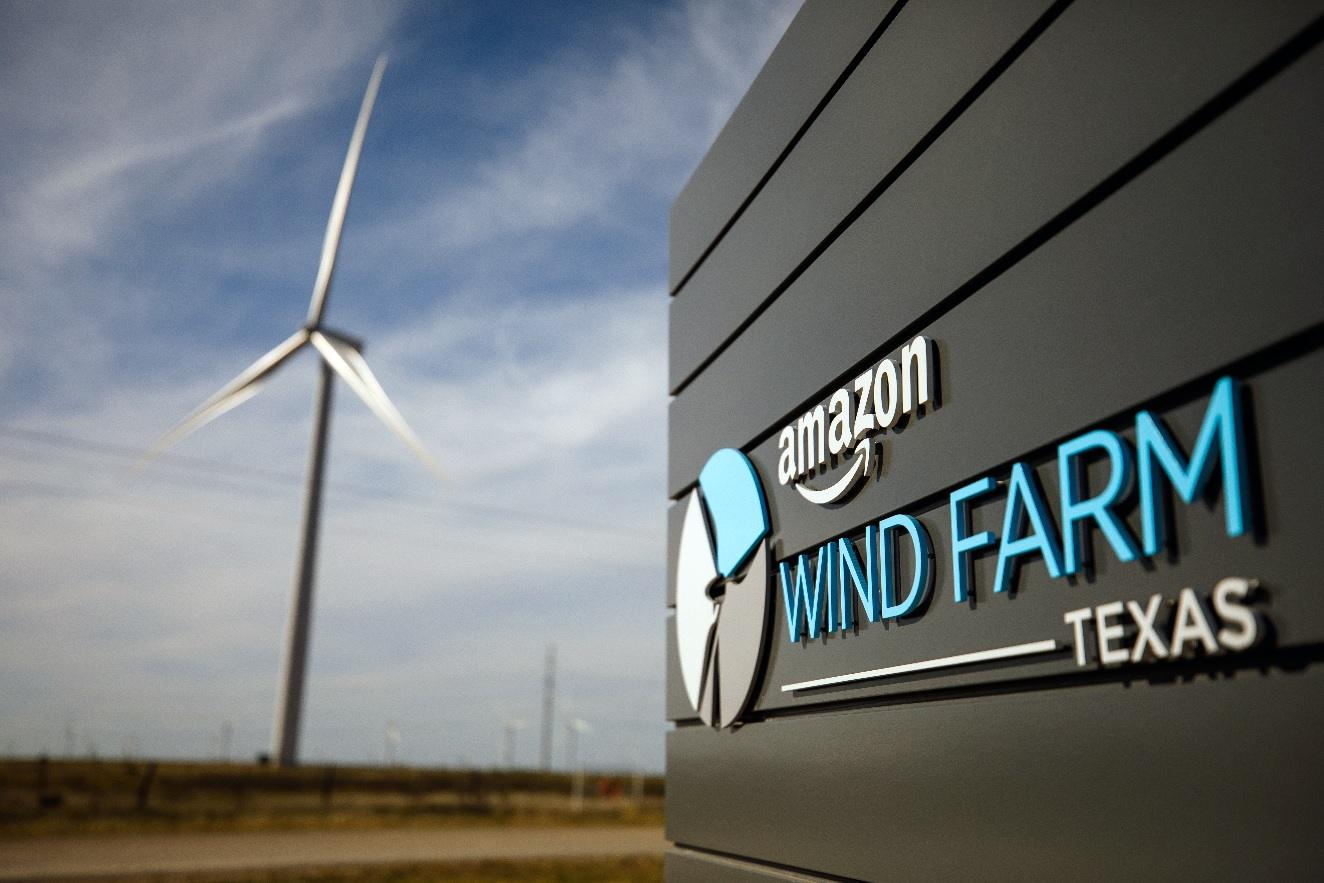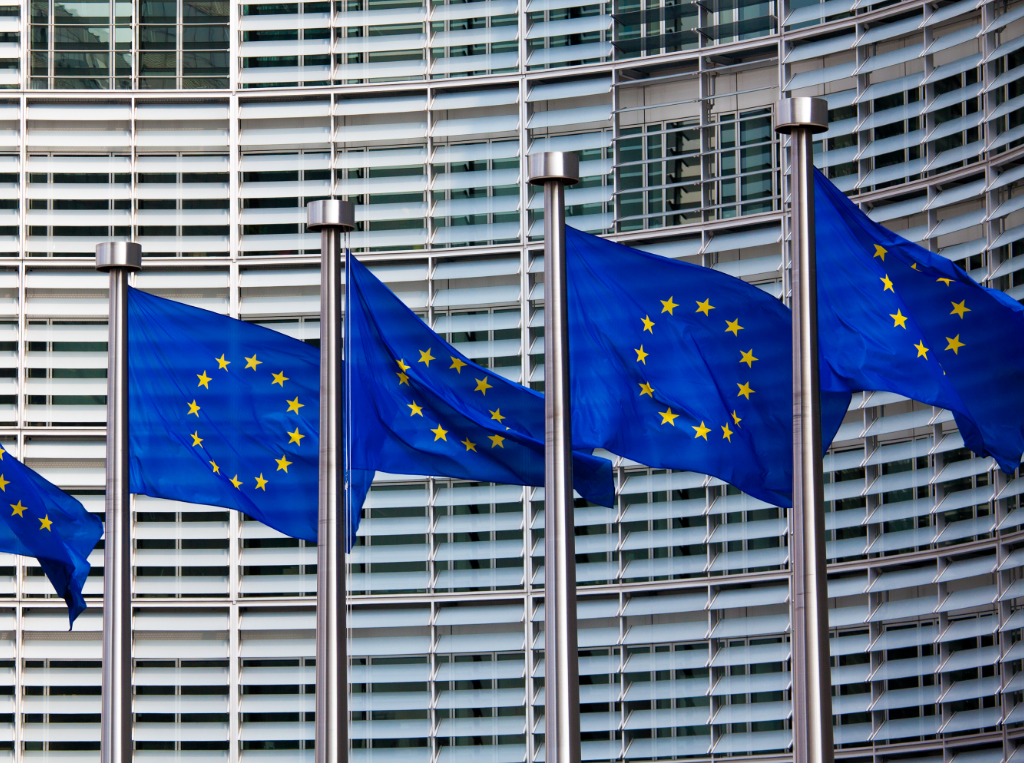Biden Orders Federal Government to Achieve Net Zero by 2050
President Biden signed a new executive order on Wednesday, outlining a series of goals and initiatives for the U.S. federal government to achieve net zero emissions by 2050. The order mandates major interim and long-term actions across the government’s buildings, vehicle fleets, procurement activities and operations.
Biden has made climate action a key focus for his administration, beginning with announcing the return of the U.S. to the Paris Agreement on his first day in office, committing the country to achieve net zero by 2050, and following up with an interim target to reduce economy-wide greenhouse gas (GHG) emission by 50-52% in 2030. Recent actions on climate by the administration include earmarking billions of dollars for clean energy investments, and mandating that zero emissions vehicles make up half of new vehicle sales in the U.S. by 2030.
Along with the executive order, the White House also released “The Federal Sustainability Plan,” with a detailed description of the new goals. In a message to federal employees in the plan’s introduction, Biden said:
“The Federal Sustainability Plan will help our country meet the challenge of the climate crisis in a way that grows good jobs and industries, and makes us more economically competitive. We will lead the world by example – transforming how we build, buy, and manage to help make our economy cleaner, more efficient, and more sustainable.”
The order outlines 5 key sets of goals for the government to achieve in order to reach its 2050 net zero goal. These include achieving 100% carbon free electricity by 2050, including 50% on a 24/7 basis with real-time demand met with clean energy produced regionally; purchasing 100% zero emissions vehicles by 2035, including 100% light-duty vehicles by 2027; cutting emissions from federal procurement to net zero by 2050; achieving a net zero building portfolio by 2045, with an interim goal of a 50% emissions reduction by 2032, and; reaching net zero emissions from federal operations by 2050, including a 65% reduction in emissions by 2030.
In addition to the goals, the order also set a series of principles for the government’s procurement ad operations efforts, which include achieving climate resilient infrastructure and operations, building a climate and sustainability-focused workforce, advancing environmental justice and equity, prioritizing the purchase of sustainable products, and accelerating progress through domestic and international partnerships.
The executive order is expected to have a significant impact on clean energy investment and emissions reduction efforts in the U.S. The U.S. federal government’s portfolio spans 300,000 buildings and a fleet of 600,000 cars and trucks. Additionally, the government’s annually purchases approximately $650 billion of goods and services.
In the opening statement of the order outlining the goals of the new policies, Biden said:
“As the single largest land owner, energy consumer, and employer in the Nation, the Federal Government can catalyze private sector investment and expand the economy and American industry by transforming how we build, buy, and manage electricity, vehicles, buildings, and other operations to be clean and sustainable.”
Click here to view the Federal Sustainability Plan.





